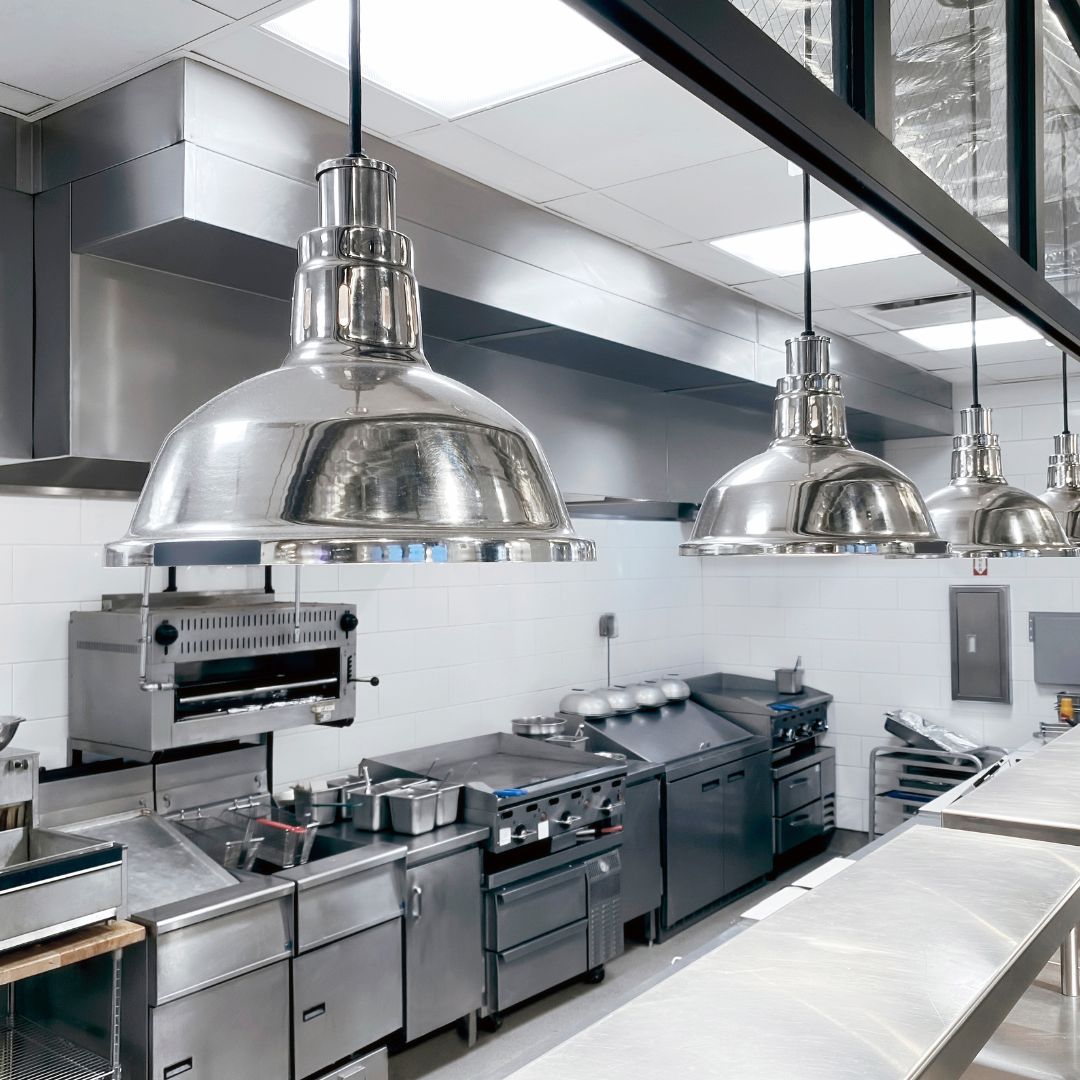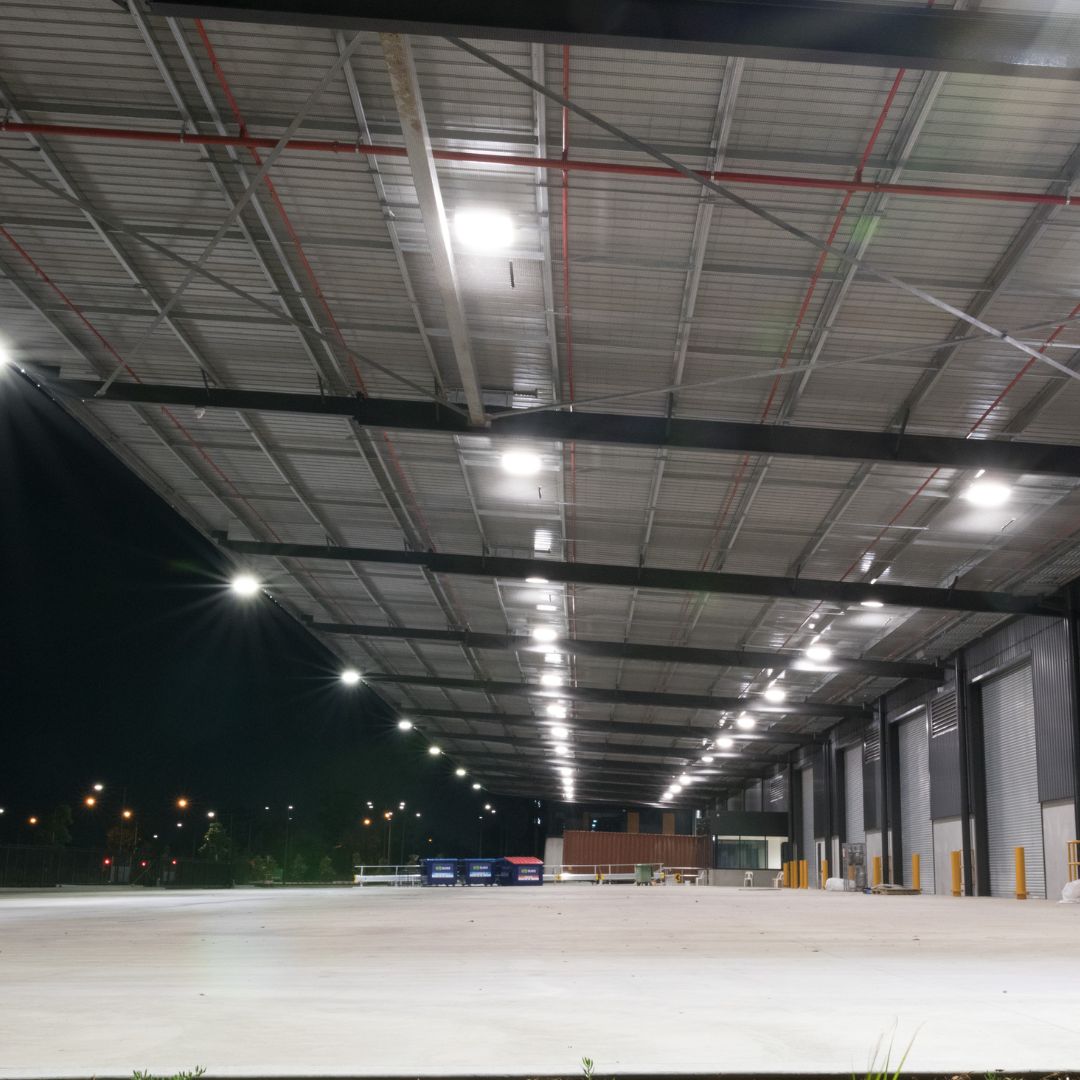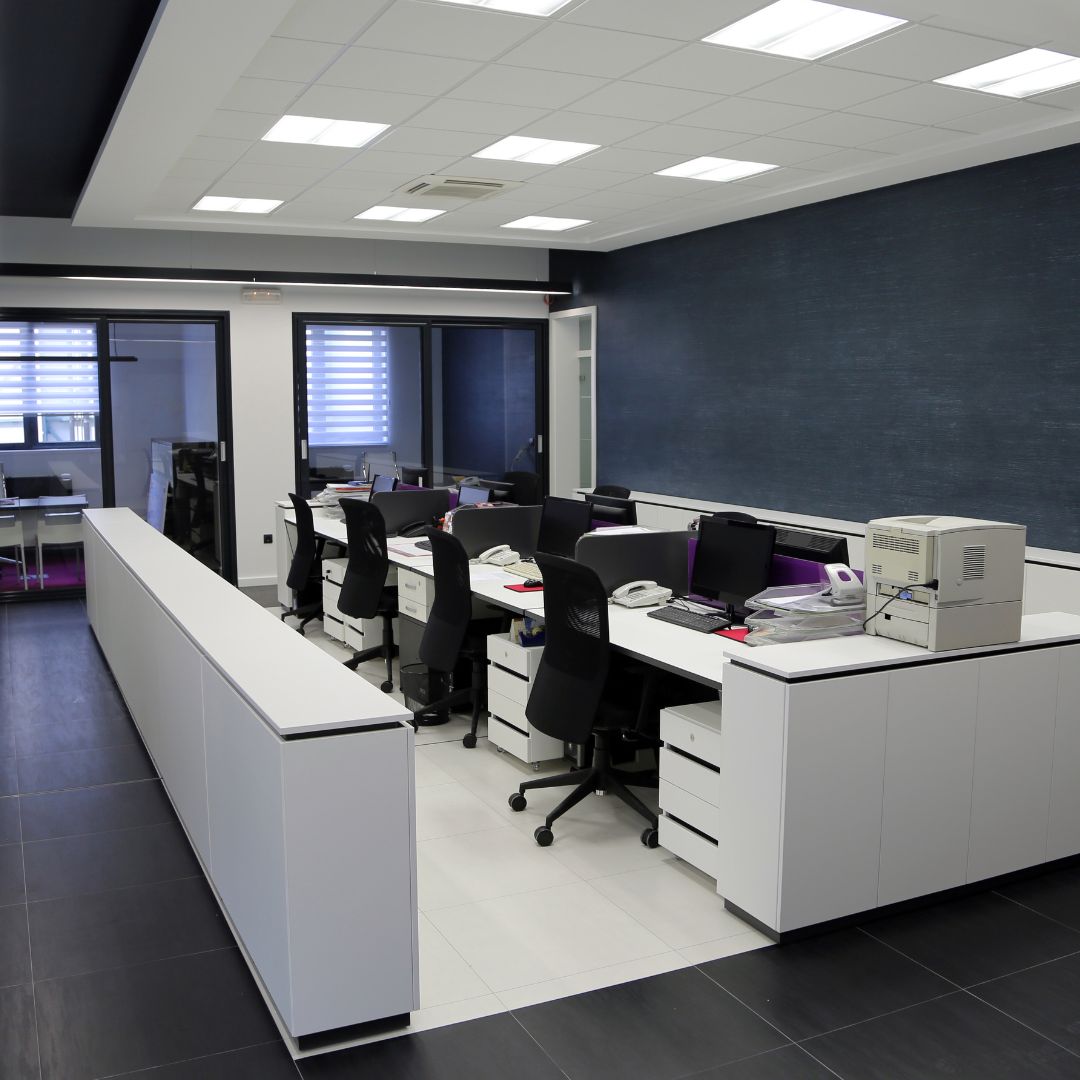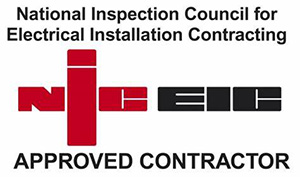Electrical Testing & Inspection
The Periodic Inspection and Testing of an electrical installation has been recognised as an essential part of ensuring compliance with the requirements of The Electricity At Work Regulations 1989.
Lighting Inspection
The inspection will be completed where possible in line with the requirements of BS 7671: 1992 (as amended), the IEE Regulation Guidance Note 3 and The Electricity At Work Regulations 1989.
Where possible the general inspection will be completed during normal working hours with the internal wiring of switchgear and control equipment being inspected outside normal working hours.
Electrical Test
The procedures are based on 100% of the installation being tested and inspected. The amount of testing completed is subject to the information available to the test engineer prior to the test-taking place.
Partial Testing
It is possible to undertake a partial testing programme only. This is to be decided in conjunction with the client but should never be less than 20% on a five-year programme or 33% on a three-year programme. However all RCD protective devices and all circuits supplying socket outlets (including ring mains) will always be 100% tested.
Portable Appliance Testing
Portable Appliance Testing, also known as PAT testing is the examination of portable electrical equipment and appliances to ensure they are safe to use in the working environment.
Testing generally includes three steps:
- Regular, informal checks by the electrical equipment’s user/s
- A formal visual inspection of the equipment
- A manual examination of the equipment with a portable appliance tester device (the PAT test)
Emergency Lighting Services
Emergency lighting is required wherever the public has access to a building or where people are employed.
BS5266 / EN 1838 states that emergency lighting should be regularly tested as follows:
- A brief functional test at least once each month
- A full duration test at least every year
- A visual inspection at least every year
- BS 5266-1 also advises that records of all tests and repairs should be kept in a log book.







